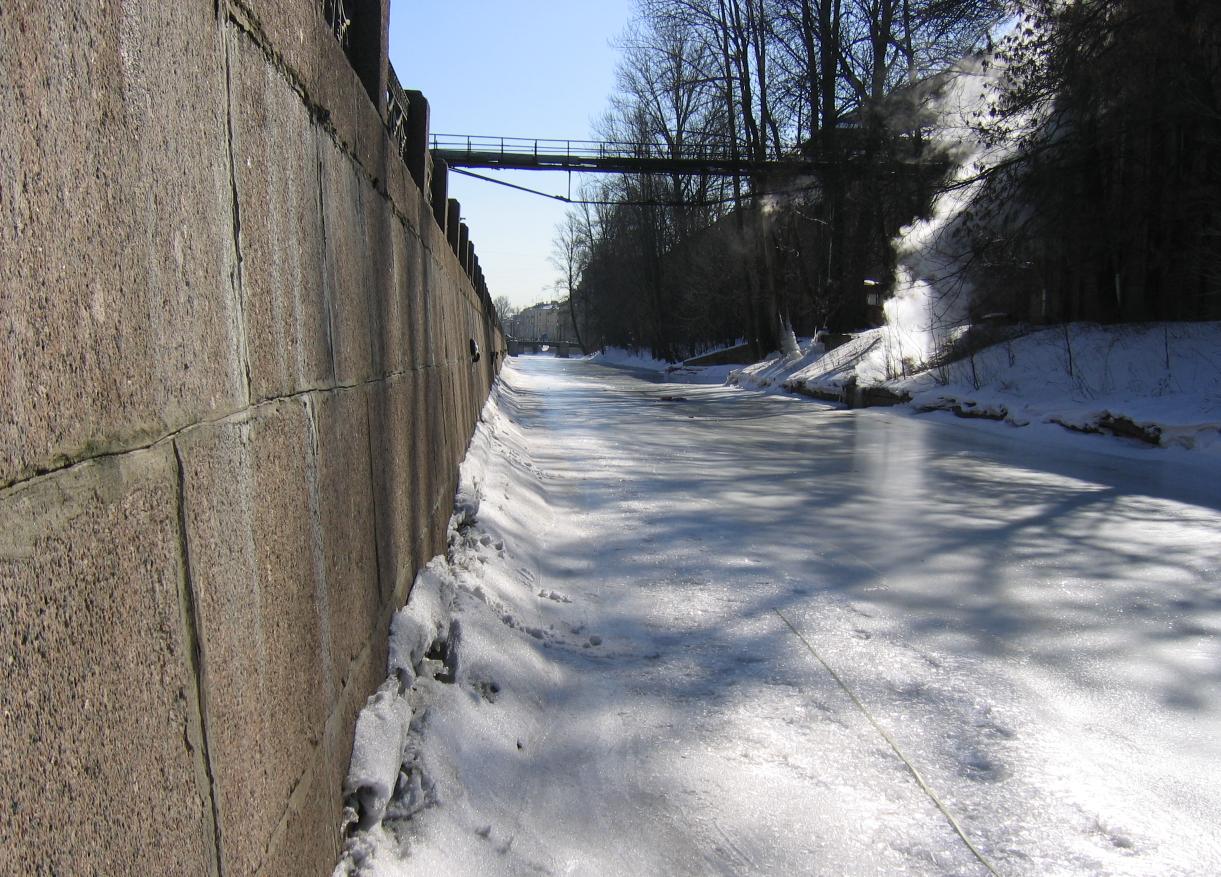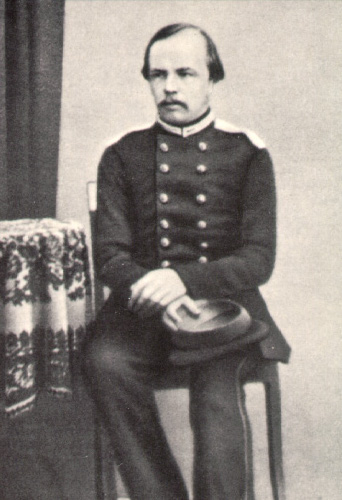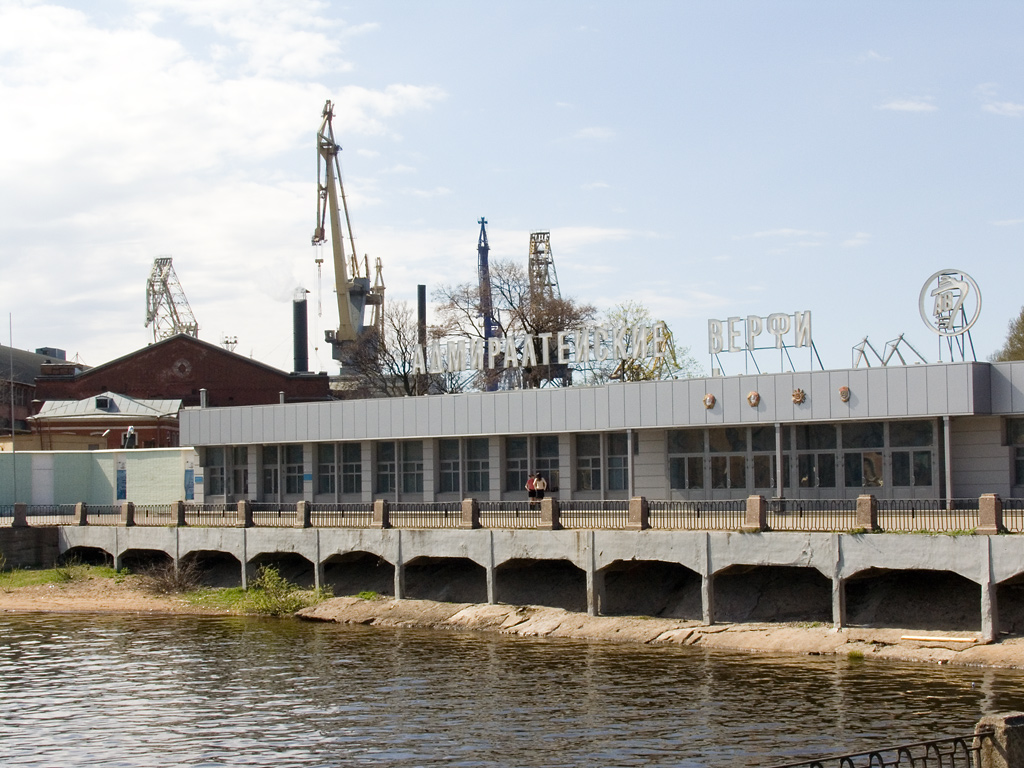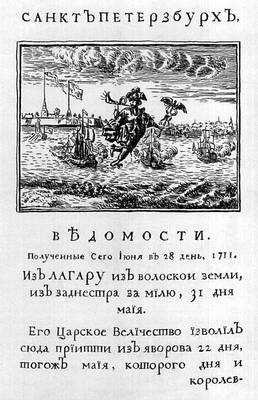|
Torgovy Bridge
Torgovy Bridge is a steel girder bridge across the Kryukov Canal in the Admiralteysky District of Saint Petersburg, Russia. The bridge connects the Kolomensky and Kazansky Islands. The bridge has retained the architectural appearance that is characteristic of the bridges of the Kryukov Canal during the 1780s. Torgovy Bridge is a monument of history and culture. Location Torgovy bridge connects Teatralnaya Ploshchad and the street Soyuza Pechatnikov. Mariinsky Theater is located next to the bridge. Upstream is the Dekabristov Bridge, and below is the Kashin Bridge. The nearest metro stations are Sadovaya, Sennaya Ploschad, and Spasskaya. Name The name of the bridge is derived from the former name of the street Soyuza Pechatnikov, which was Torgovoy. In the newspaper "Sankt-Peterburgskie Vedomosti" the name Sredny Bridge was recorded in 1797, however, since 1798, the street name Torgovy was established instead. History Torgovy Bridge was built in 1783–1785 accordi ... [...More Info...] [...Related Items...] OR: [Wikipedia] [Google] [Baidu] |
Kryukov Canal
Kryukov Canal (russian: link=no, Крюков канал) is one of the Canals in central Saint Petersburg, Russia. Name In 1738, the canal was named after the contractor Semyon Kryukov. History The Kryukov Canal runs from the Admiralteysky Canal in the area of the present Labor Square and all the way to the Fontanka River. Kryukov Canal was originally dug in 1719–1720 from the Neva River to the Moyka River for transport purposes. During the construction of part of the Annunciation Bridge, some water was piped through the present Labor Square. The water pipe has survived to this day.//СПИГ Since 1830, the section from the Moyka to the Fontanka became called the Kryukov Canal. Granite embankments were built in 1801–1807. Geographic information The length is 1.5 km, the width is up to 20 m, and the depth is 2 m. Together with the Admiralteysky Canal, the Kryukov Canal separates the New Holland Island from the Second Admiralteysky Island. Bridges acr ... [...More Info...] [...Related Items...] OR: [Wikipedia] [Google] [Baidu] |
Egyptian Bridge
Egyptian Bridge (Египетский мост) in St. Petersburg, Russia, carries Lermontovsky Avenue (Лермонтовский проспект) over the Fontanka River. The one-span suspension bridge that it replaced was of historical interest as a monument to early 19th-century Egyptomania. It was constructed in 1825–1826 based on designs by two civil engineers, Von Traitteur and Christianowicz. Its granite abutments were topped with cast-iron sphinxes and hexagonal lanterns. An unusual feature was a pair of cast-iron gates featuring Egyptian-style columns, ornaments, and hieroglyphics, with many details of the ironwork elaborately gilded Gilding is a decorative technique for applying a very thin coating of gold over solid surfaces such as metal (most common), wood, porcelain, or stone. A gilded object is also described as "gilt". Where metal is gilded, the metal below was trad .... The original bridge, used by both pedestrians and horse-drawn transport, coll ... [...More Info...] [...Related Items...] OR: [Wikipedia] [Google] [Baidu] |
Admiralteysky District, Saint Petersburg
Admiralteysky District (russian: Адмиралте́йский райо́н) is a district of the federal city of St. Petersburg, Russia. As of the 2010 Census, its population: was 157,897; down from 187,837 recorded in the 2002 Census. Geography The district borders the Neva River in the north and in the west, the Yekateringofka River in the southwest, areas around Gorokhovaya Street in the east, and areas around Zagorodny Avenue in the south. History It was established on March 11, 1994 as a result of the merger of Leninsky and Oktyabrsky Districts.Official website of the Administration of St. PetersburgAdmiralteysky District. General Information. Municipal divisions Admiralteysky District comprises the following six municipal okrugs:Law #411-68 * Admiralteysky * Izmaylovskoye *Kolomna Kolomna ( rus, Колóмна, p=kɐˈlomnə) is a historical city in Moscow Oblast, Russia, situated at the confluence of the Moskva and Oka Rivers, (by rai ... [...More Info...] [...Related Items...] OR: [Wikipedia] [Google] [Baidu] |
Bridges In Saint Petersburg
There are more than 342 bridges in the city limits of Saint Petersburg, Russia. This is a partial list of the most famous ones. Peter the Great was designing the city as another Amsterdam and Venice, with canals instead of streets and citizens skillful in sailing. Initially, there were only about ten bridges constructed in the city, mainly across ditches and minor creeks. By Peter's plans, in the summer months, the citizens were supposed to move around in boats, and in the winter months when the water froze to move in sledges. However, after Peter's death, new bridges were built, as it was a much easier way of transportation. Temporary ponton bridges were used in the summertime. The first permanent bridge of bricks and stones across the main branch of the Neva river appeared in 1850. Today, there are more 342 bridges over canals and rivers of various sizes, styles and constructions, built at different periods. Some of them are small pedestrian bridges, such as Bank and Lion bridge ... [...More Info...] [...Related Items...] OR: [Wikipedia] [Google] [Baidu] |
Fyodor Dostoevsky
Fyodor Mikhailovich Dostoevsky (, ; rus, Фёдор Михайлович Достоевский, Fyódor Mikháylovich Dostoyévskiy, p=ˈfʲɵdər mʲɪˈxajləvʲɪdʑ dəstɐˈjefskʲɪj, a=ru-Dostoevsky.ogg, links=yes; 11 November 18219 February 1881), sometimes transliterated as Dostoyevsky, was a Russian novelist, short story writer, essayist and journalist. Dostoevsky's literary works explore the human condition in the troubled political, social, and spiritual atmospheres of 19th-century Russia, and engage with a variety of philosophical and religious themes. His most acclaimed novels include '' Crime and Punishment'' (1866), '' The Idiot'' (1869), ''Demons'' (1872), and '' The Brothers Karamazov'' (1880). His 1864 novella, '' Notes from Underground'', is considered to be one of the first works of existentialist literature. Numerous literary critics regard him as one of the greatest novelists in all of world literature, as many of his works are considered highly i ... [...More Info...] [...Related Items...] OR: [Wikipedia] [Google] [Baidu] |
Humiliated And Insulted
''Humiliated and Insulted'' (russian: Униженные и оскорблённые, ''Unizhennye i oskorblyonnye'') — also known in English as ''The Insulted and Humiliated'', ''The Insulted and the Injured'' or ''Injury and Insult'' — is a novel by Fyodor Dostoevsky, first published in 1861 in the monthly magazine ''Vremya''. Plot introduction Narrated by a young novelist, Vanya (Ivan Petrovich), who has just released his first novel which bears an obvious resemblance to Dostoevsky's own first novel, ''Poor Folk'', it consists of two gradually converging plot lines. One deals with Vanya's close friend and former love object, Natasha, who has left her family to live with her new lover, Alyosha. Alyosha is the saintly but dim-witted son of Prince Valkovsky, who hopes to gain financially by marrying Alyosha off to an heiress, Katya. Valkovsky's cruel machinations to break up Alyosha and Natasha identify him as one of the most memorable "predatory types" that Dostoevsky create ... [...More Info...] [...Related Items...] OR: [Wikipedia] [Google] [Baidu] |
Admiralty Shipyard
The JSC Admiralty Shipyards (russian: link=no, Адмиралтейские верфи) (''formerly Soviet Shipyard No. 194'') is one of the oldest and largest shipyards in Russia, located in Saint Petersburg. The shipyard's building ways can accommodate ships of up to , in length and in width. Military products include naval warships such as nuclear and diesel-powered submarines and large auxiliaries. History The shipyard was founded as the Galley Yard by Peter the Great during the Great Northern War on 5 November 1704 and located in the open ground along the Neva River behind the Admiralty building. The Admiralty Wharves official site (Russian) It was administered by the Russian Admiralty, hence its later name. In 1721 it was renamed ''Galley Wharf'' and in 1800 the ''New Admiralty Yard'', supplementing and in 1841 soon replacing the ''Galley Wharf''. In 1908, it was renamed the Admiralty Shipyard. In 1937 its two sections were known as ''Andre Marti'' and ''Sudomekh'', Sh ... [...More Info...] [...Related Items...] OR: [Wikipedia] [Google] [Baidu] |
Sankt-Peterburgskie Vedomosti
The ''Vedomosti'' (Russian: Ведомости) is Russia's oldest newspaper. It was established by Peter the Great's ukase dated 16 December 1702. The first issue appeared on 2 January 1703. Petrine Vedomosti Following along the lines of the 17th-century handwritten ''Kuranty'', Peter's newspaper contained little other than reports of military victories and diplomatic relations, either composed by the tsar himself or translated from Dutch newspapers according to his choice. Originally, the newspaper was published at the Print Yard in Kitai-gorod, Moscow. In 1710, engravings were introduced by way of decoration. They usually represented the Peter and Paul Fortress or the Neva River, thus reflecting the growing importance of Saint Petersburg. From 1711, most issues were printed in the Northern capital. Peter's ''Vedomosti'' was published quite irregularly, as important news arrived — sometimes as many as seventy issues appeared annually, sometimes only one. The circulat ... [...More Info...] [...Related Items...] OR: [Wikipedia] [Google] [Baidu] |
Admiralteysky District
Admiralteysky District (russian: Адмиралте́йский райо́н) is a district of the federal city of St. Petersburg, Russia. As of the 2010 Census, its population: was 157,897; down from 187,837 recorded in the 2002 Census. Geography The district borders the Neva River The Neva (russian: Нева́, ) is a river in northwestern Russia flowing from Lake Ladoga through the western part of Leningrad Oblast (historical region of Ingria) to the Neva Bay of the Gulf of Finland. Despite its modest length of , it ... in the north and in the west, the Yekateringofka River in the southwest, areas around Gorokhovaya Street in the east, and areas around Zagorodny Avenue in the south. History It was established on March 11, 1994 as a result of the merger of Leninsky and Oktyabrsky Districts.Official website of the Administration of St. PetersburgAdmiralteysky District. General Information. Municipal divisions Admiralteysky District com ... [...More Info...] [...Related Items...] OR: [Wikipedia] [Google] [Baidu] |
Spasskaya (Saint Petersburg Metro)
Spasskaya (russian: Спáсская) is the current western terminus station of the Line 4 of the Saint Petersburg Metro The Saint Petersburg Metro (russian: links=no, Петербургский метрополитен, Peterburgskiy metropoliten) is a rapid transit system in Saint Petersburg, Russia. Construction began in early 1941, but was put on hold due to Wor .... It is part of the first three-way transfer station that also includes Sadovaya and Sennaya Ploshchad stations. The station was originally scheduled to open in December 2008, but eventually opened on March 7, 2009 because of last-minute repairs to station's transfer escalators. {{As of, 2009, the station does not have a ground-level vestibule or a connecting escalator. Passengers have to transfer to one of the connected stations in order to exit to the city. Gallery File:SpasskayaMetrostation-2009-03-07-13.jpg, Location of the future exit See also * Saviour Church on Sennaya Square - demolished church ... [...More Info...] [...Related Items...] OR: [Wikipedia] [Google] [Baidu] |



